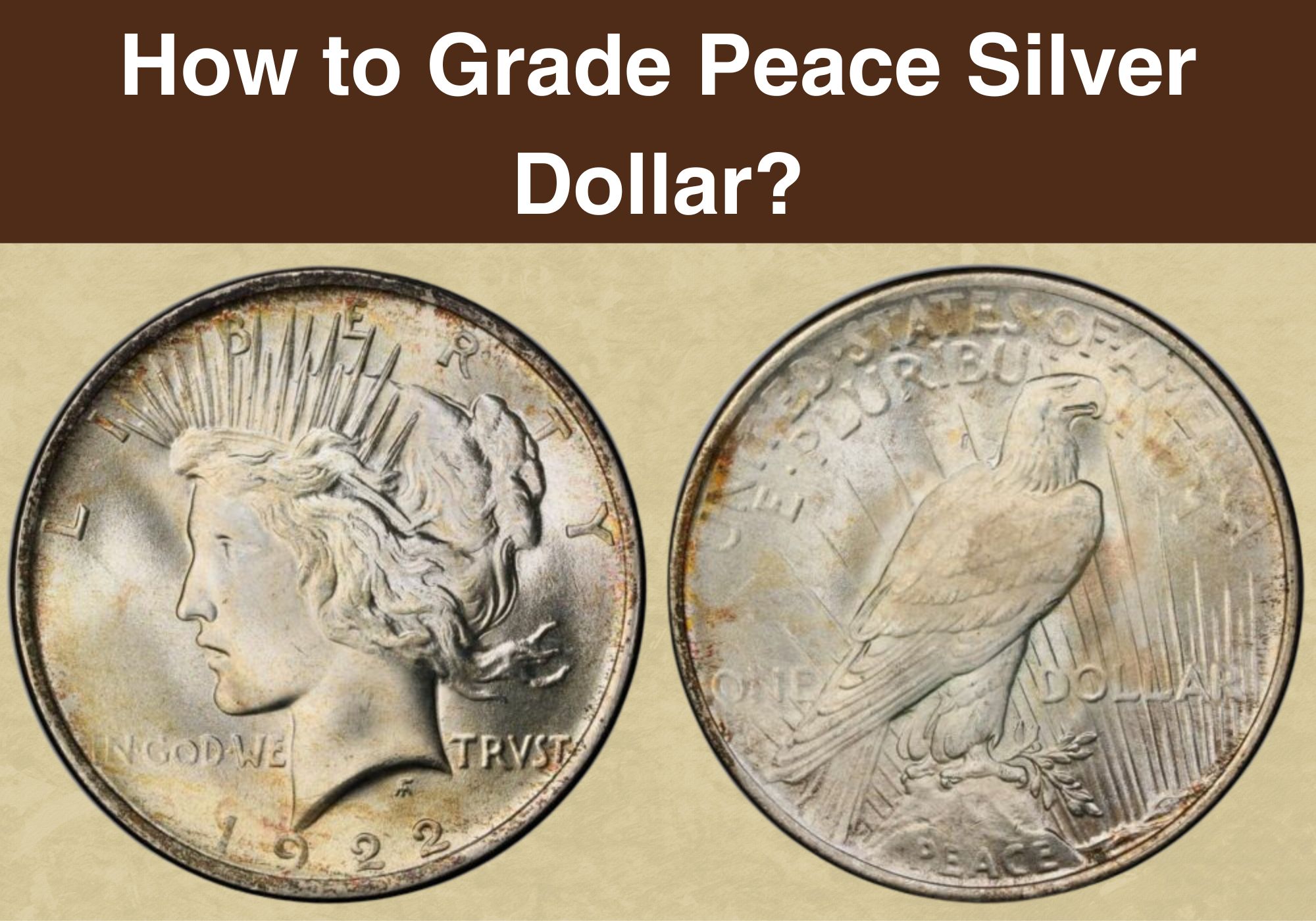
Coin Value Contents Table
Even skillful appraisers spend years learning how to grade Peace silver dollars perfectly. They are unique in many ways, and their symbolism is historically significant. The first pieces appeared in 1921 to celebrate victory in WWI and long-lasting peace.
Coin grading companies and collectors agreed on specific conditions connected with coin ranking based on the Sheldon grading scale. However, some Peace dollars, like specimens minted in 1921 (Philadelphia) and 1934 (San Francisco), deserve particular attention. Let’s take a look.
Grading Standards
Once you decide to estimate your coin on your own, you should determine its status first. The first step is to put it in one of three main groups.
The first one implies circulated coins, including the following:
- Non-collectible pieces in Poor, Fair, and About Good grades (from 1 to 3)
- Collectible pieces in Good to Extra Fine grade (from 4 to 49, but the highest rank in this group is typically EF 45)
The second group includes coinage in the so-called About Uncirculated condition that spent a limited time in use. Even though their ranks are from AU 50 to AU 59, the most commonly used grades are the following:
- About Uncirculated coins (AU 50)
- Choice About Uncirculated coins (AU 55 and AU 58)
Finally, you can determine the group with best-preserved coins that have never been released into circulation. However, these pieces often have contact marks or bag marks that rank them from MS 60 to MS 70. Appraisers often classify them as:
- Mint State Basal coins (MS 60)
- Mint State Acceptable coins (MS 63)
- Mint State Choice coins (MS 65)
- Mint State Premium Quality coins (MS 68)
- Mint State Almost Perfect coins (MS 69)
- Mint State Perfect coins (MS 70)
Understanding Grades for Peace Silver Dollar
The Peace dollars are popular and historically significant American coins, but their abundance on the market makes them affordable. Once you decide to start a new collection, your goal should be to find specimens of the best quality.
Peace silver dollar |
|
| Face value | One dollar ($1) |
| Compound | Silver |
| Coin weight | 0.8594 troy ounces (26.73 g) |
| Coin diameter | 1.50 inches (38.11 mm) |
| Coin thickness | 0.0945 inches (2.40 mm) |
In most cases, you can find silver dollars from the 1920s in the highest grades. Unfortunately, those minted in San Francisco in 1934 are rare in uncirculated condition, meaning they are expensive.
Be careful when estimating these coins since distinguishing perfect Peace dollars from lightly circulated ones is often challenging.
How to Grade Peace Silver Dollar?
The Peace dollars are among the most famous and collectible American coinage. However, they are abundant on the market, making even pieces in the mint state inexpensive. Only correct grading can help you determine their exact value. Let’s take a look.
1. About Good (AG 3)
The Peace silver dollars are beautiful coins, but these look heavily threadbare, uninteresting, and barely legible. It is sometimes tricky to read letterings, and only the date is easily recognizable. Like always with coins in this grade, the rim is merged with inscriptions struck along it.
Obverse
Lady Liberty’s head is pretty smooth with a visible but rough outline. You can notice a crown, while strands of hair make one space and are beyond recognition.
Reverse
When the eagle is only an outline without any detail and the word PEACE is entirely worn away, you can be sure the coin you have is poorly graded and non-collectible. Besides, inscriptions are merged with the flattened coin rim and can be missing.
2. Good (G 4)
Even though this coin is heavily worn, you can recognize the outlined Lady Liberty’s portrait on the obverse and the eagle on the reverse. All letterings are legible, and the date is present beyond any doubt. Since these dollars contain 90% silver, they are only worth its melting price.
Obverse
Lady Liberty is recognizable in the obverse center. However, the coin is not eye-appealing because of scratches and signs of wear and tear on the surface. Loss of detail causes the silver dollar to look hazy and washed out. The hair has a few separate strands, and the crown spikes are split.
Reverse
The well-worn eagle is only an outline without visible feathers on its wings, body, and tail. All lettering is visible except the word PEACE, which is faded, weak, and sometimes with missing spots. Faded sun rays still exist, and you can notice the olive branch below the bird’s claws.
3. Very Good (VG 10, VG 8, and VG)
Dollars in this grade are in better shape than lower-graded pieces, but they are still worn out and of moderate beauty. You can see that the design shows defined but flat major elements without delicate details.
Obverse
Such ranked Peace dollars have visible Lady Liberty’s hairline. Her hair is worn but distinct, and the eye is recognizable. You can see all the inscriptions and the date separated from the rim. However, some letters are faded and flat.
Reverse
The word PEACE is partially visible, and the rim is mostly formed. Other inscriptions are readable but smooth. You can spot the first hint of detail on the eagle’s body and head.
4. Fine (F 15, F 12, and F)
When the Peace dollar shows even wear on both surfaces, but the letterings and the date are readable, you can be sure that your coin is in this grade. However, you can also spot noticeable areas of wear despite a slight Liberty and the eagle’s roundness.
Obverse
Lady Liberty’s hair waves above her forehead are without distinct details, although most strands are recognizable. The rays are completed but smooth and with traces of wear. The bun shows roundness and fair separation. All inscriptions, including the motto, are legible.
Reverse
You can recognize an eagle standing on the rock, but beautiful original details are missing. The twig is visible but smooth, while the letterings are readable but weak, resulting from heavy wear out. Unlike decently looking sun rays from the right side, those struck on the left are faded and barely visible.
5. Very Fine (VF 35, VF 30, VF 25, VF 20, and VF)
Even though you can see moderate wear on both sides of these coins, they are primarily visible on the highest design parts. Besides this slight flatness, their overall condition can be attractive for collectors.
Obverse
Lady Liberty’s hair is lovely, with most strands separated. Even though many details are still missing, there are enough of them to make the entire obverse appealing. The motto, date, and LIBERTY are well-defined and complete.
Reverse
The eagle’s feathers are recognizable on these coins’ reverse, particularly on its wing and leg. The PEACE is full without missing parts, while other inscriptions are readable but slightly faded.
6. Extra Fine (EF 40 and EF 45)
These collectible coins look beautiful, with only slight wear and tear on the high points. All inscriptions look just right, while images have sharp details. You can sometimes recognize the slightly pronounced mint luster of some design parts.
Obverse
The hair around Lady Liberty’s face has separated strands, and hair lines are strong though partially worn. You can spot a tiny flattened area above her eye and a lightly worn lower neck edge. Sun rays are sharp with traces of mint luster.
Reverse
Wing feathers are mostly visible but still smooth and faint. You should check the top of the eagle’s wing because it is the most worn-out part of the reverse. The letterings are sharp and elegant, and some subtle details become apparent.
7. About Uncirculated (AU 58, AU 55, and AU 50)
The About Uncirculated Peace silver dollars are almost perfect and surely the best-looking circulated coins you can find. They typically spend a short time in use, resulting in slight traces of wear and a few scratches. Mint luster is close to complete, and only the highest points are marred by contact marks.
Obverse
You can enjoy watching this beautiful shiny specimen with elegant Lady Liberty on the obverse. Since most of the design is perfectly preserved, your coin shows the original mint luster over most of the surface. The only parts with slight signs of wear are her cheek and hair above her forehead.
Reverse
The eagle depicted on the reverse is almost the same as after minting, with defined feathers and excellently preserved inscriptions. The only imperfections are visible on its wing’s top feathers.
8. Mint State (from MS 60 to MS 70)
This grade means that your Peace dollar is more or less perfect. The difference between MS 60 and MS 70 is in detail, particularly bag marks occurrence. However, never underestimate those tiny differences, as they can drastically affect coinage prices.
Unlike circulated coins from various ranks, which differ in preservation levels, those in the mint state are almost identical at first glance. Therefore, estimating such dollars is always demanding and requires professional skills and experience.
Summary
Ranking silver Peace dollars is often effortless because a standardized grading scale is widely accepted among numismatists. However, some of these coins can be tricky to evaluate. For instance, the 1934 S dollars are unbelievably rare in the mint state, making such pieces appreciated and sought-after collectibles.

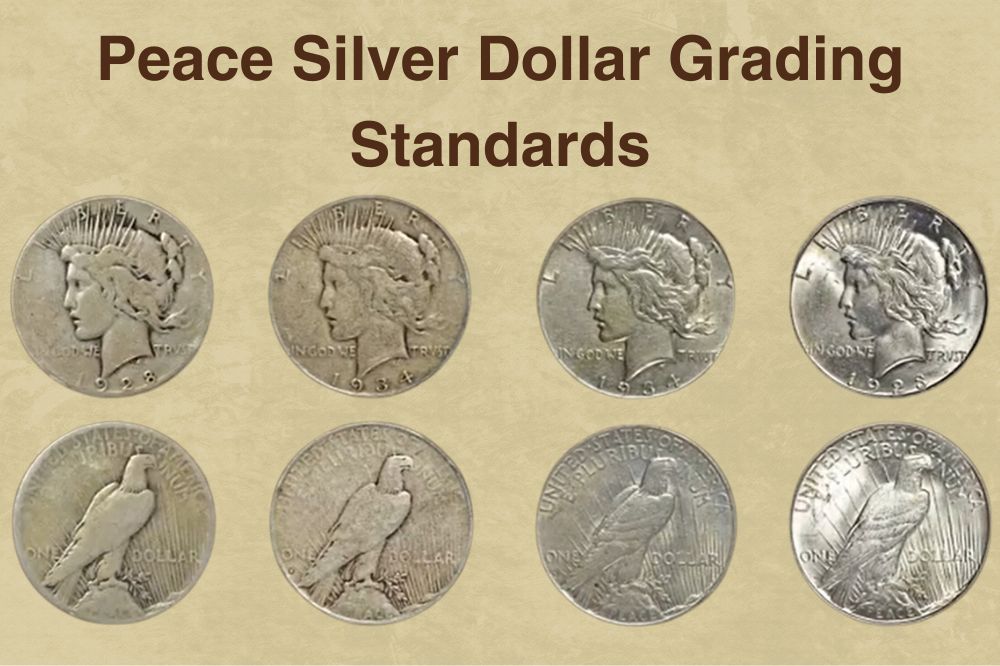
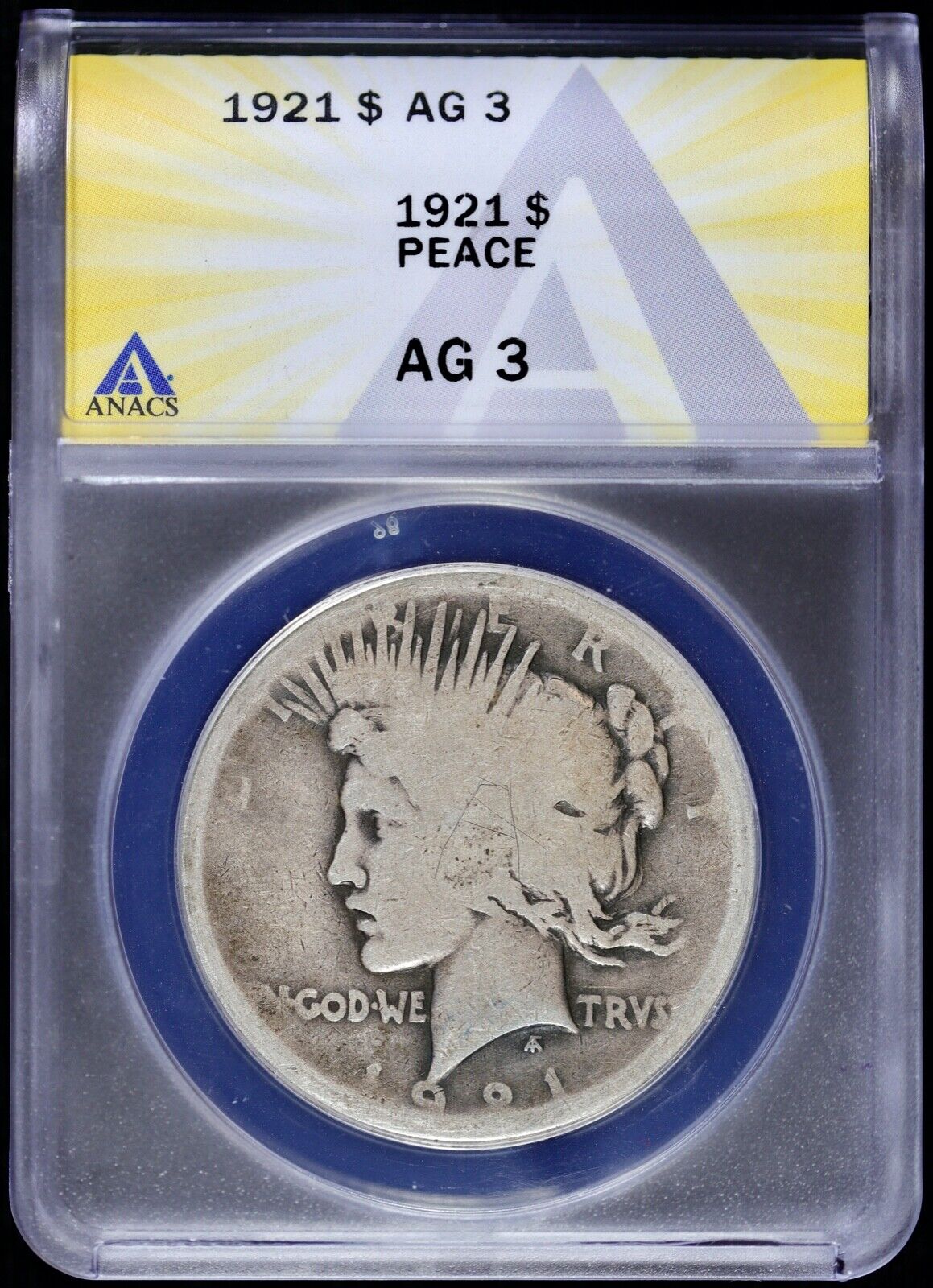
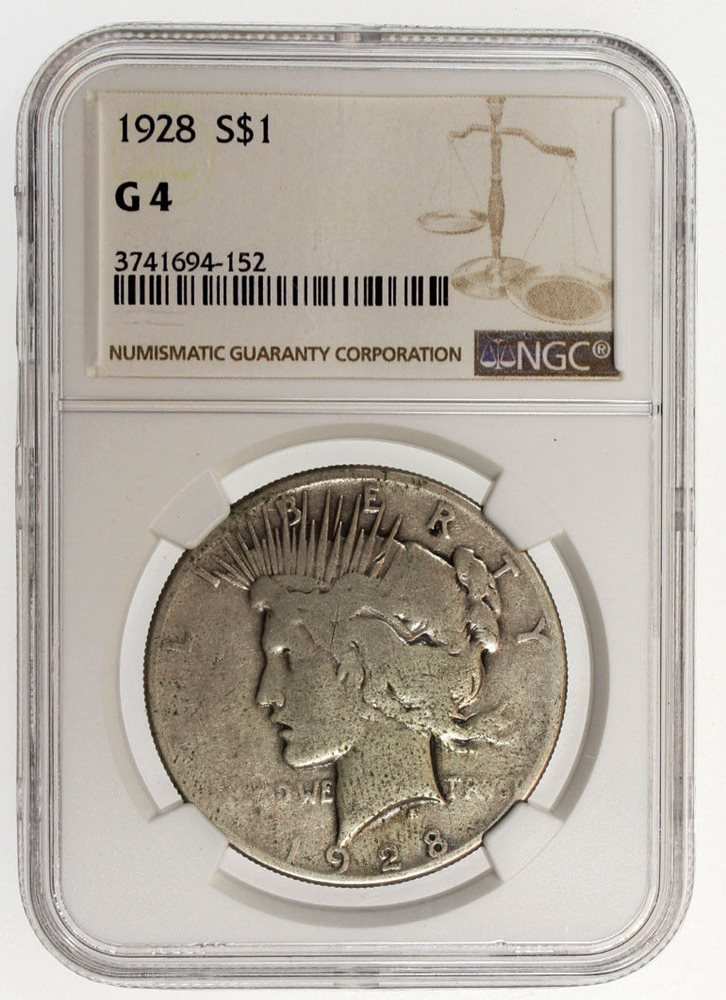
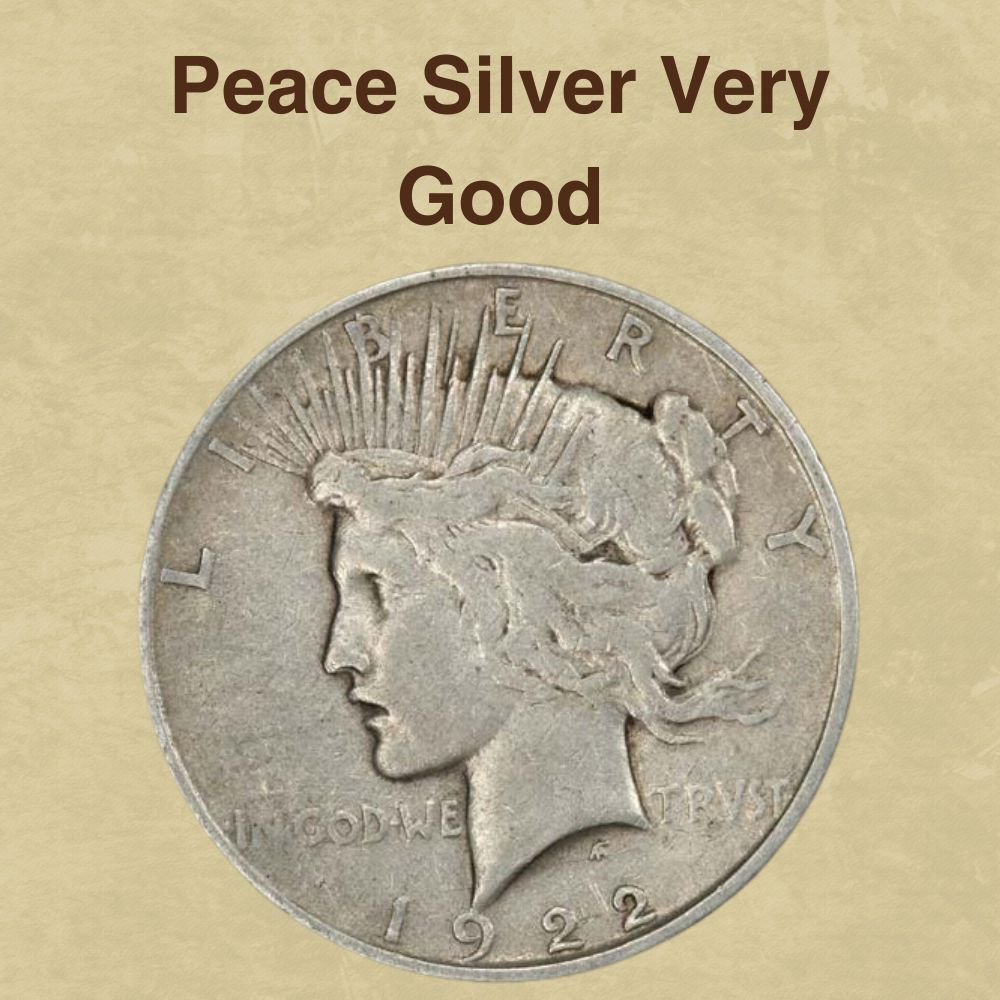
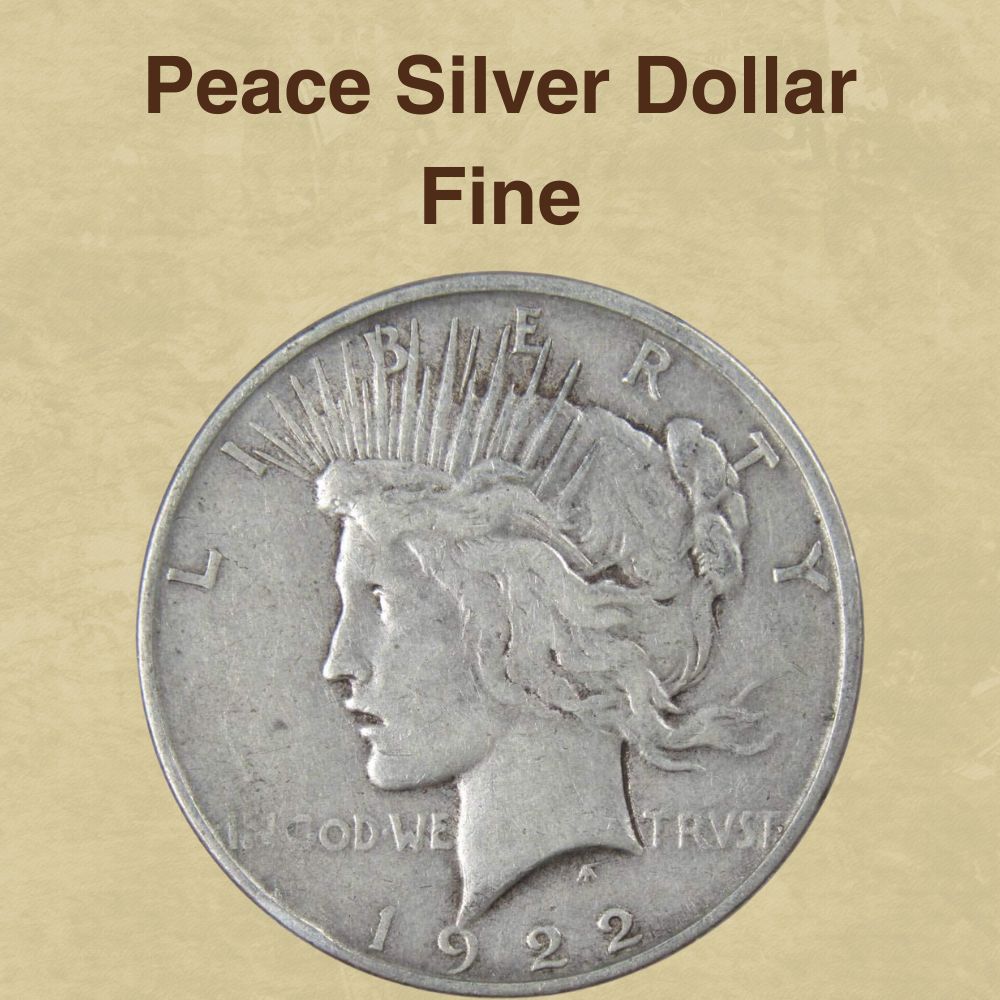
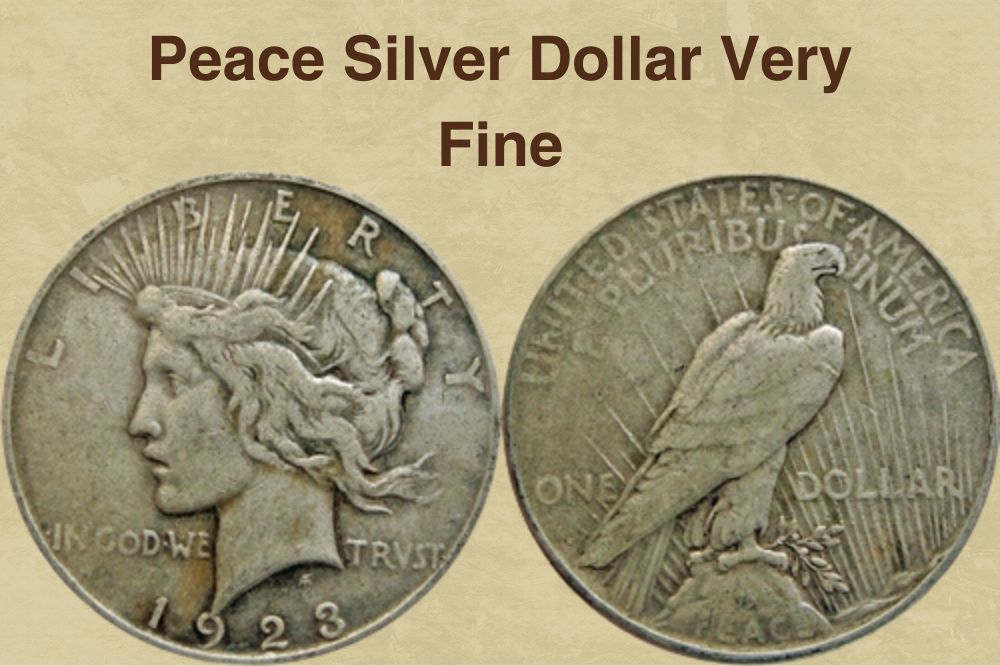
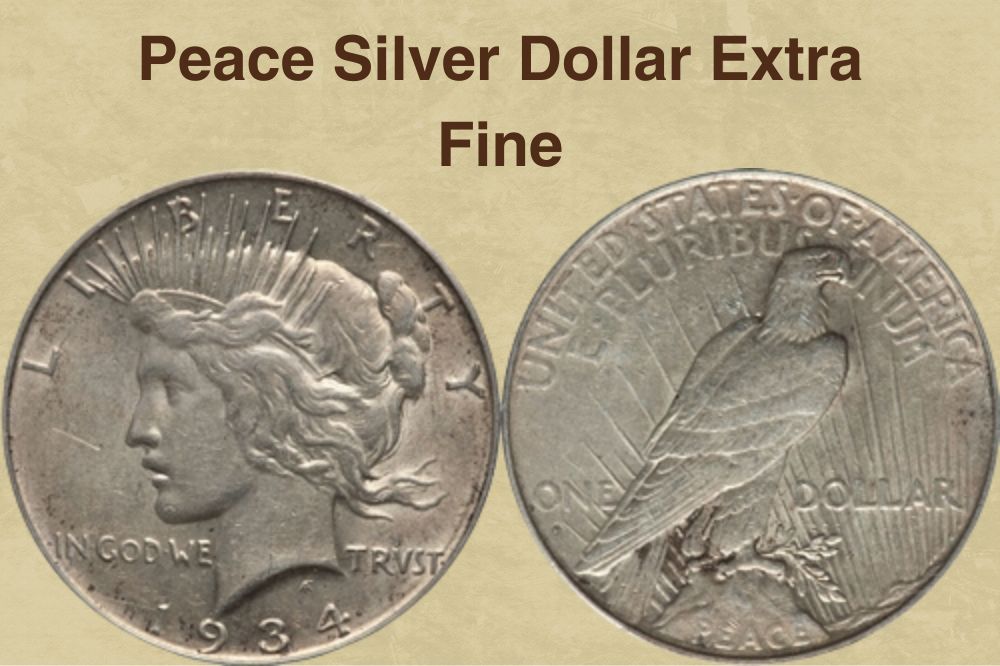
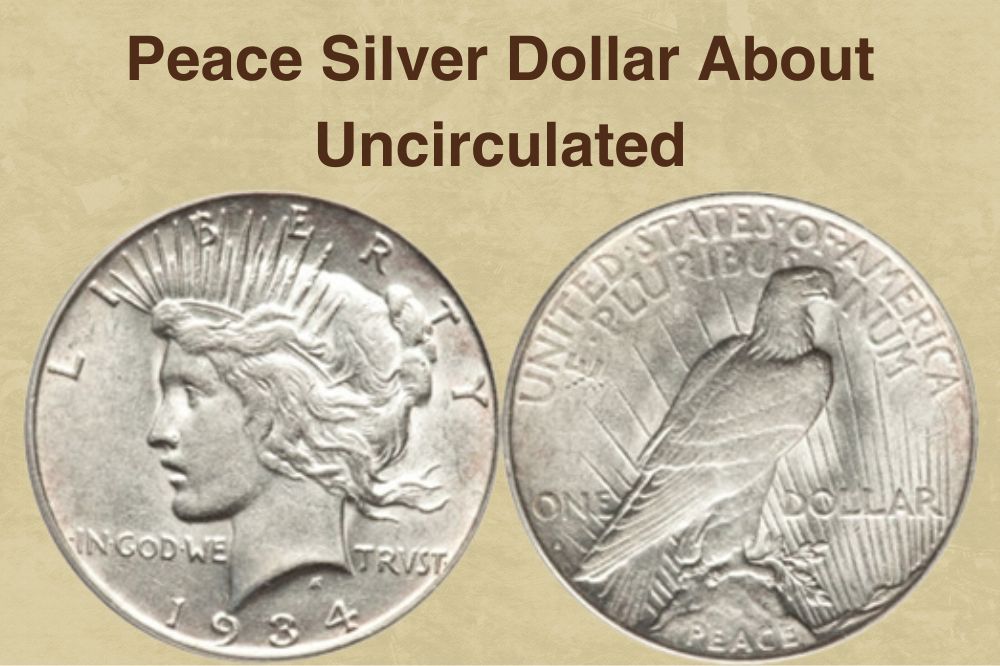
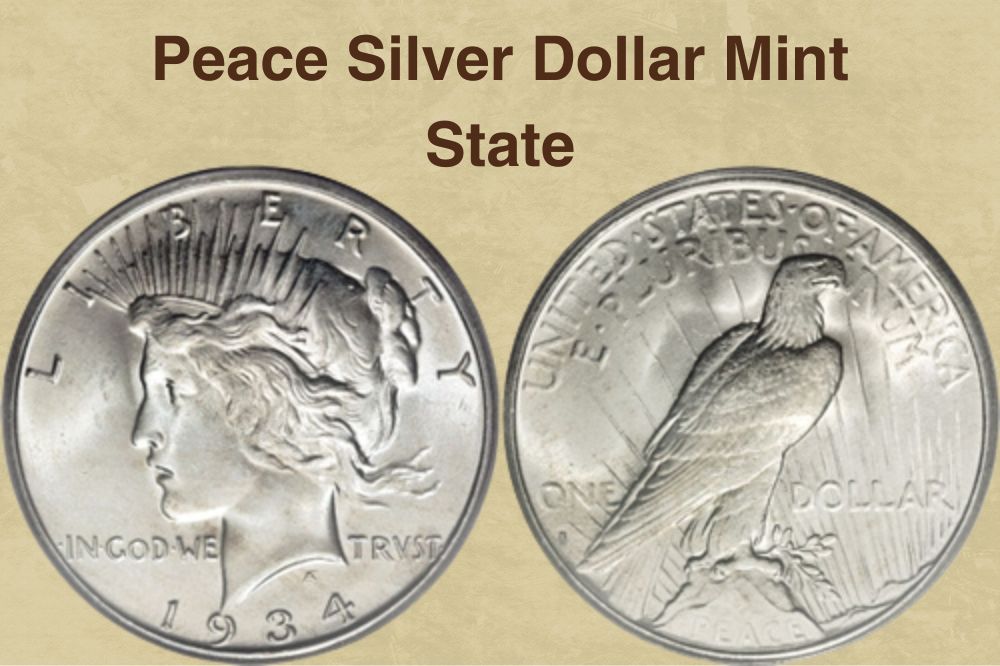
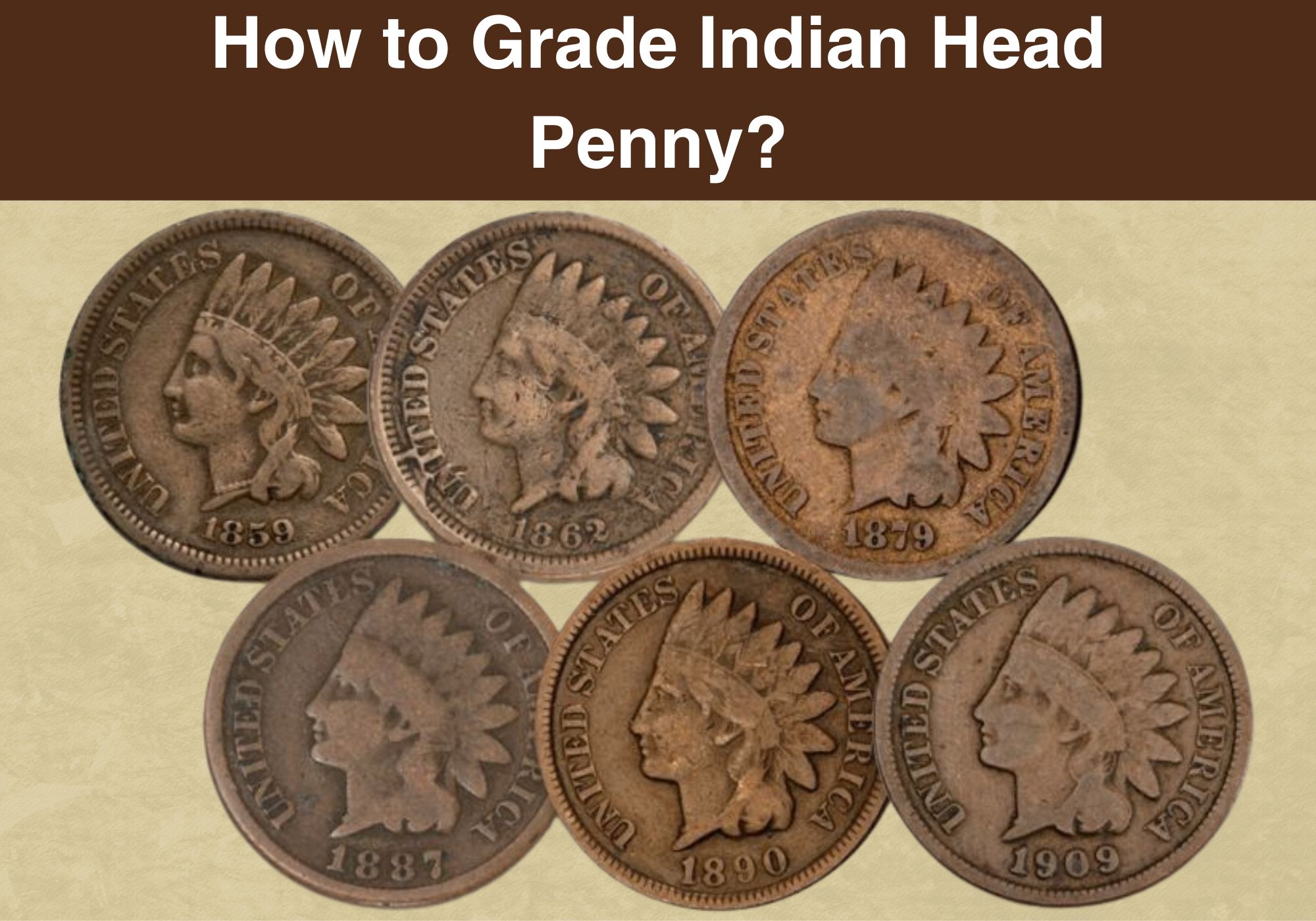
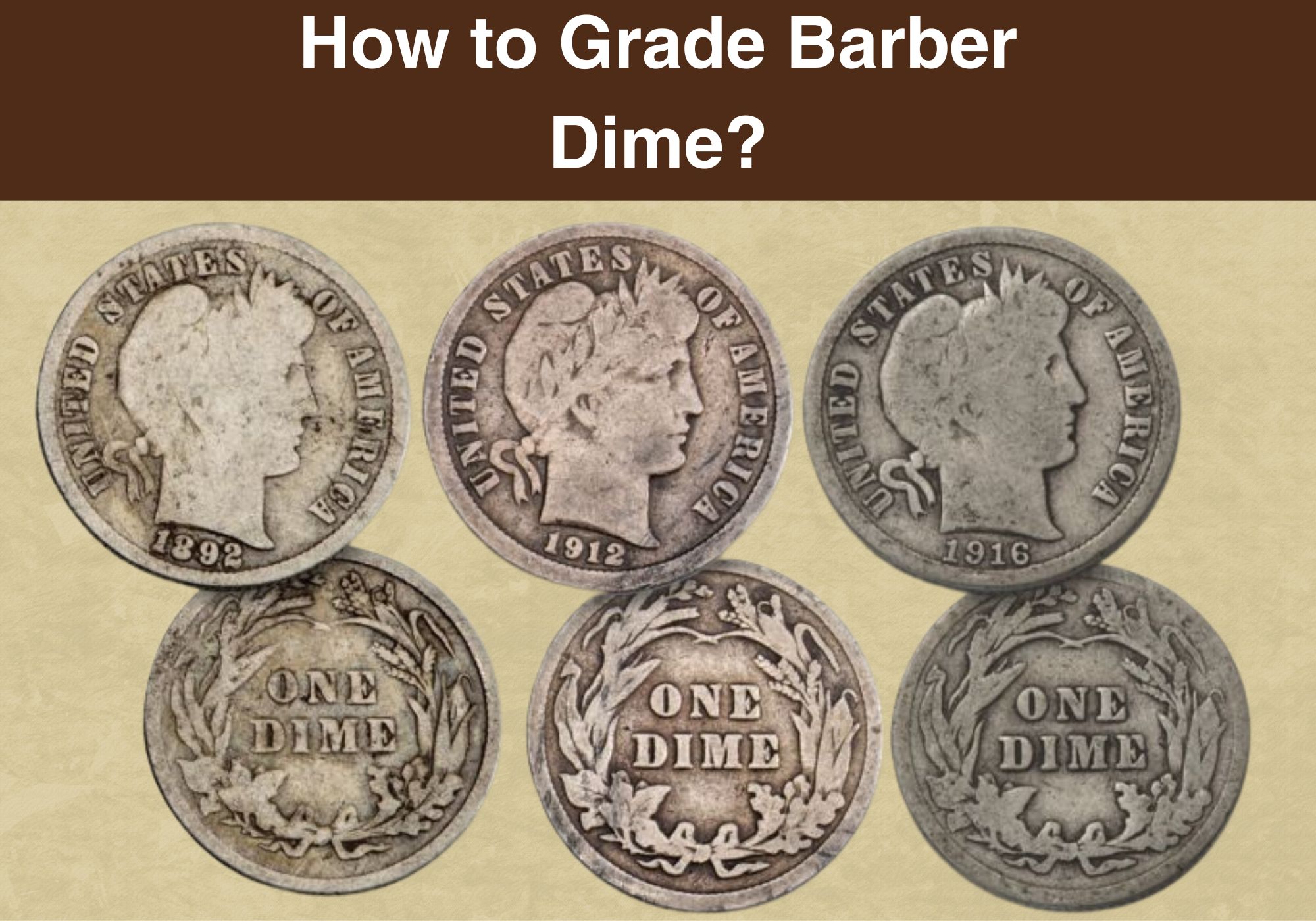
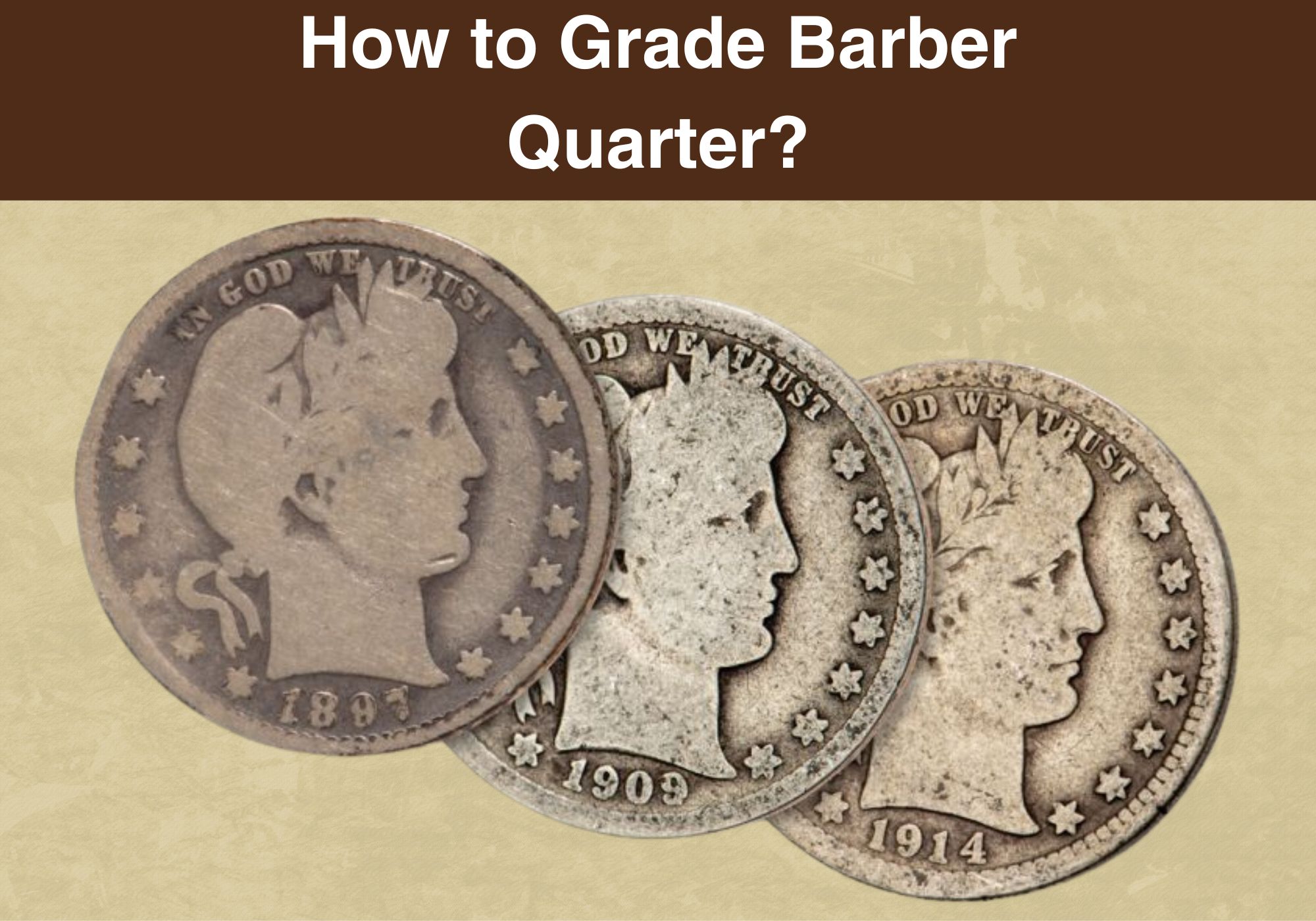
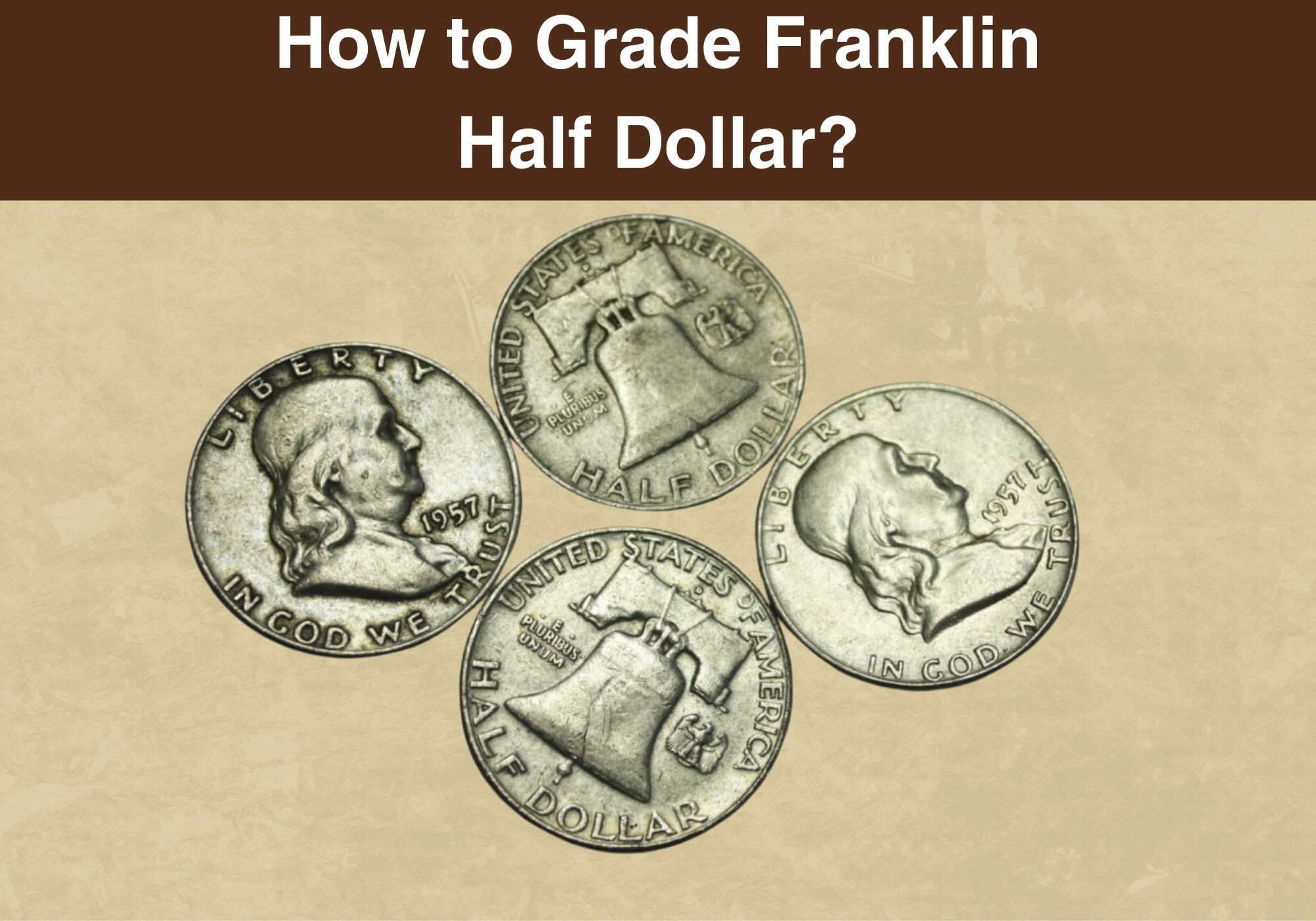
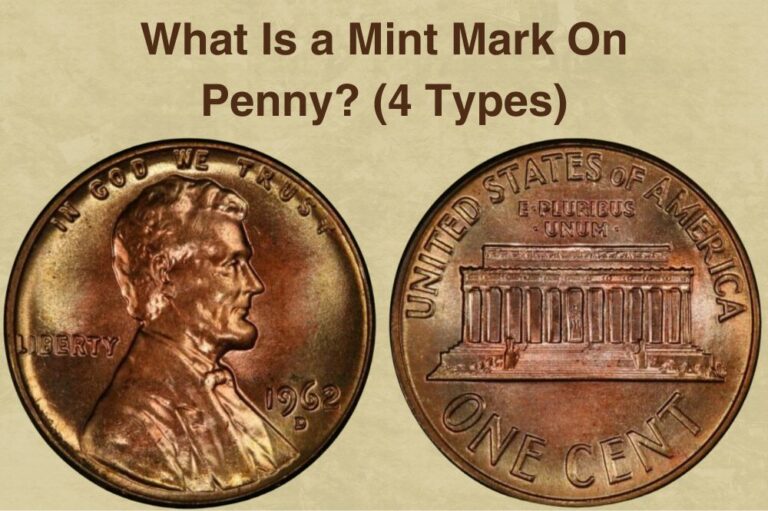
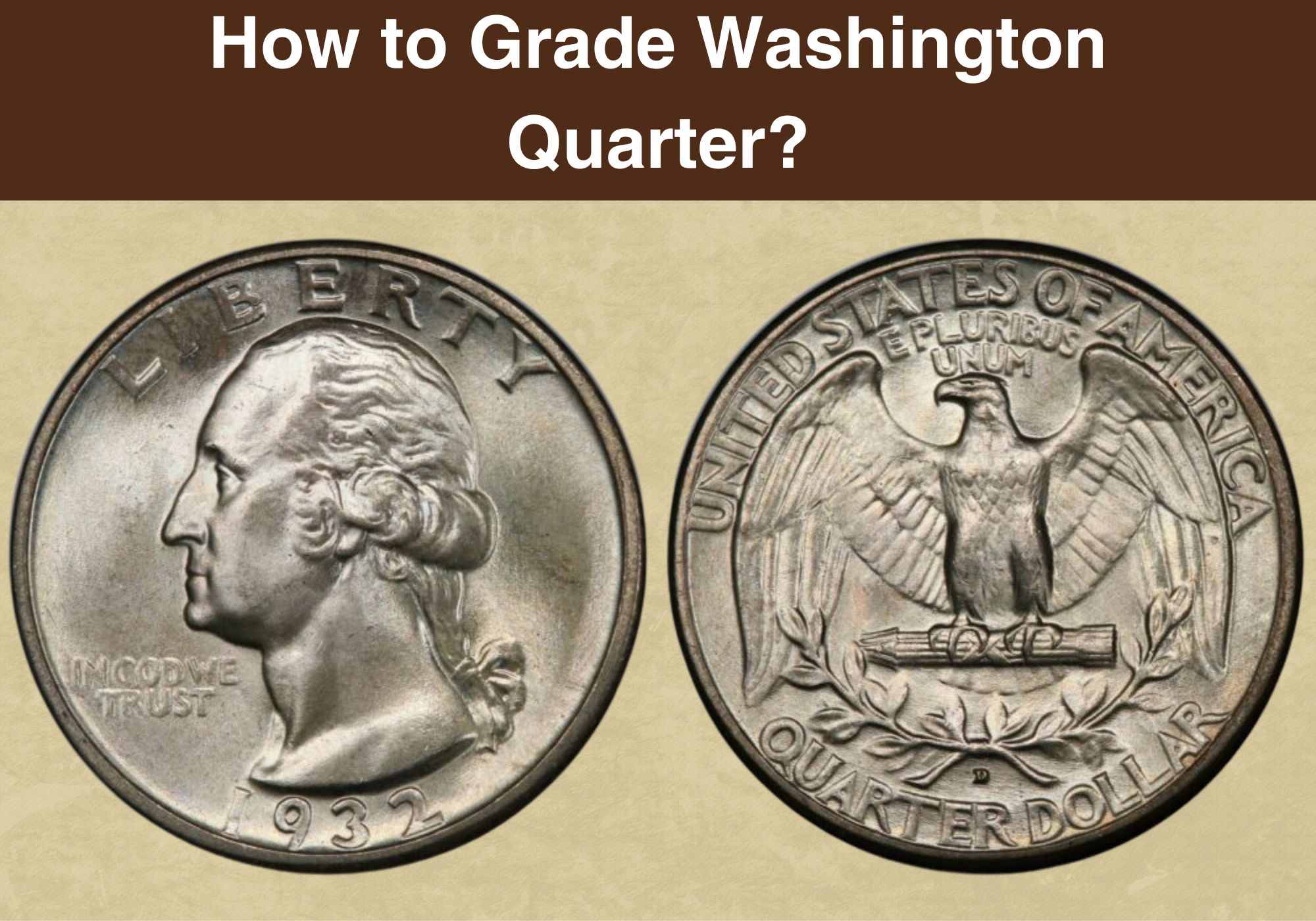
thanks but I have a question. I have an uncirculated peace dollar from 1923 the mint mark above the 2 & 3 appears to be “fr”. is that indicating the Francisco mint? just curious if that’s what it is. the letters are almost blended together.
those are the designers initials, Anthony De Francisci.
I have a 1921 coin, but mine says liberty on crown
you have a Morgan dollar.
you have a Morgan dollar.